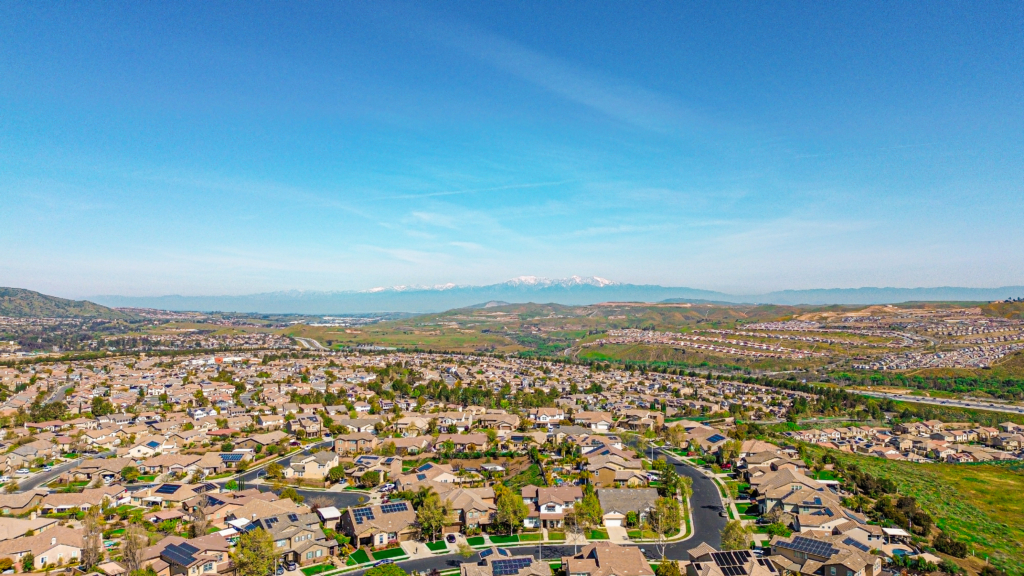Trillions in U.S. Home Value Face Major Risk from Fire, Flood and Wind


A new Zillow analysis has found that trillions of dollars’ worth of U.S. homes are at major risk of damage from fire, flood or extreme wind.
U.S. homes with major wind risk — a risk score of 5 or more in First Street data displayed on for-sale listings on Zillow — are worth at least $17 trillion, homes with major risk of fire are valued at $9.1 trillion and homes with major flood risk are valued at $7 trillion1. The value of homes with major fire risk alone are worth almost a third of the U.S. GDP.
Eleven metro areas have at least $100 billion of residential real estate with major risk of fire, and six of those are in California. The Los Angeles metro has the highest total value of homes at major fire risk, at $831 billion. Phoenix and Dallas have significantly more homes at risk, but the average value of at-risk homes in Los Angeles ($1.6 million) is the highest of any major metro, pushing the total value higher.
For homes with major flood risk, the New York City metro area ($593 billion) edges out Miami ($580 billion) with the highest total value of homes at risk. Those two metros are in a category of their own; no other major metro exceeds $300 billion at risk.
The total value of homes at major risk of extreme wind is above $1 trillion in the New York City ($3 trillion), Miami ($1.4 trillion) and Boston ($1 trillion) metro areas. Houston ($790 billion), Philadelphia ($781 billion) Dallas ($755 billion), and Tampa ($492 billion) have the next-highest valued real estate at major wind risk. No other metro exceeds $400 billion.
When it comes to metros with the highest fraction of homes at risk, Riverside, California, tops the list for fire; New Orleans has the greatest share of homes at risk of flood; and Miami is first when it comes to homes at risk of wind damage.
Another measure of the risk each market faces is the total value of homes with major climate risk compared to local incomes. For example, assuming the owners of every home with major wind risk made the medium U.S. income, the total value at risk would be the equivalent of six years of income from each homeowner.
Certain major metros have higher income burdens. When it comes to fire risk, Los Angeles faces the highest income burden: The value of at-risk homes in that city would be equivalent to roughly 13.5 years of the cumulative income of each homeowner, assuming they made the median income in Los Angeles. For flood risk, Los Angeles also has the highest income burden (12.7 years), followed by San Jose (11.7 years) and Miami (11.2 years).
In the New York City metro, wind poses the highest risk of the three risks analyzed. However, the sheer number of homes at risk means the income burden per household is less. The value of homes at major wind risk in the New York City metro is equivalent to about 8.9 years of total income in that area, slightly less than Pittsburgh (9.1 years). Miami (8.7 years), Boston (7.4 years), Providence (6.7 years), and Nashville (6.4 years) have the next-highest income burdens.
Other recent Zillow research highlights the intersection between residential housing and climate risk. Today, more new listings are at major climate risk than five years ago, and homes with a high fire or flood score face more challenges in the market, including a lower likelihood of selling, and a higher likelihood of selling for less than their original list price if they do sell. Zillow has also found that a clear majority of people in each region of the United States consider at least one climate risk when shopping for a home.
Methodology:
Our latest analysis is based on climate risk data available on for-sale homes listed on Zillow. The risk data is powered by data from First Street, a trusted leader in climate risk modeling. According to First Street, a score of 1 is considered minimal, 2 is minor, 3–4 is moderate, 5–6 is major, 7–8 is severe, and 9–10 is extreme.
For each physical climate risk (wind, fire, and flood), we calculate the total value at risk by summing the Zestimates of every single-family or condominium home with a climate risk score of 5 or higher. This gives us the overall home value exposed to major physical climate risks. Since First Street does not provide a climate score for every home in Zillow’s database, the actual total home value at risk is likely higher.
To assess how climate risk could affect household wealth, we take the total number of homes at major risk and multiply that by the median area income to estimate the total income of those households. We then take the total value of homes at major risk and divide that number by the total estimated income to estimate the total income burden.
Learn more
[1] Since some homes may face more than one climate risk, the home values for flood, fire and wind risk should not be combined to create a figure that represents the “total value of residential real estate facing a major climate risk.”